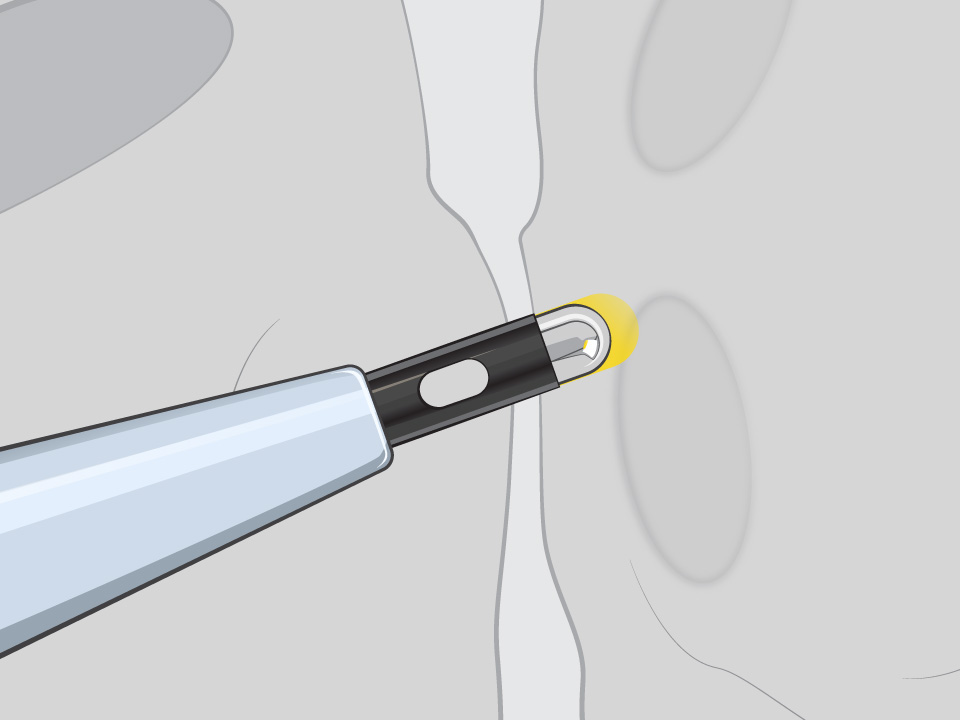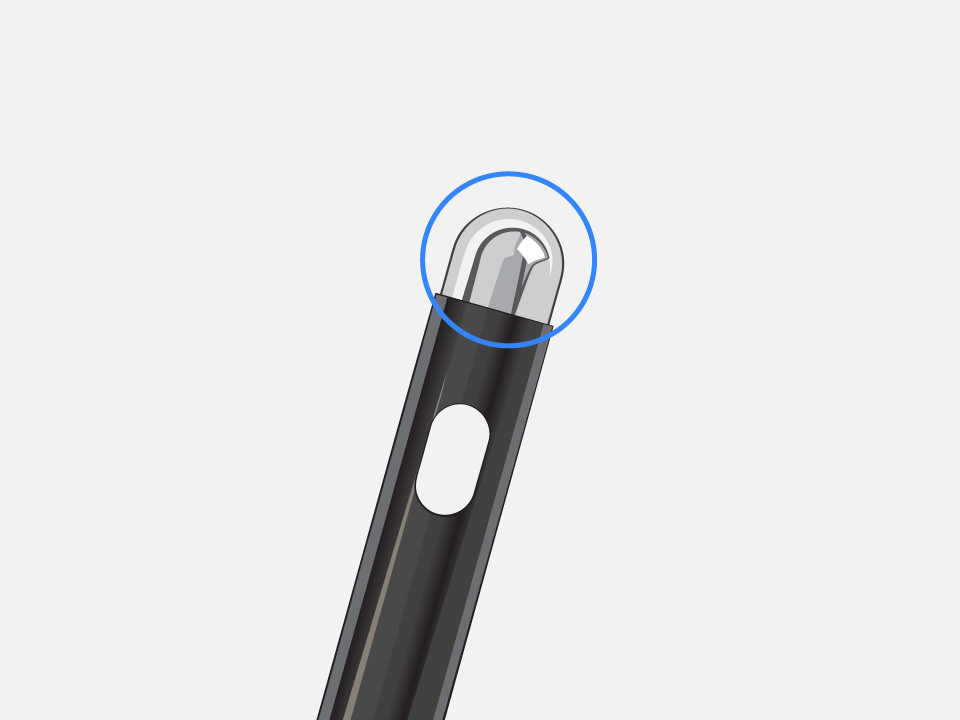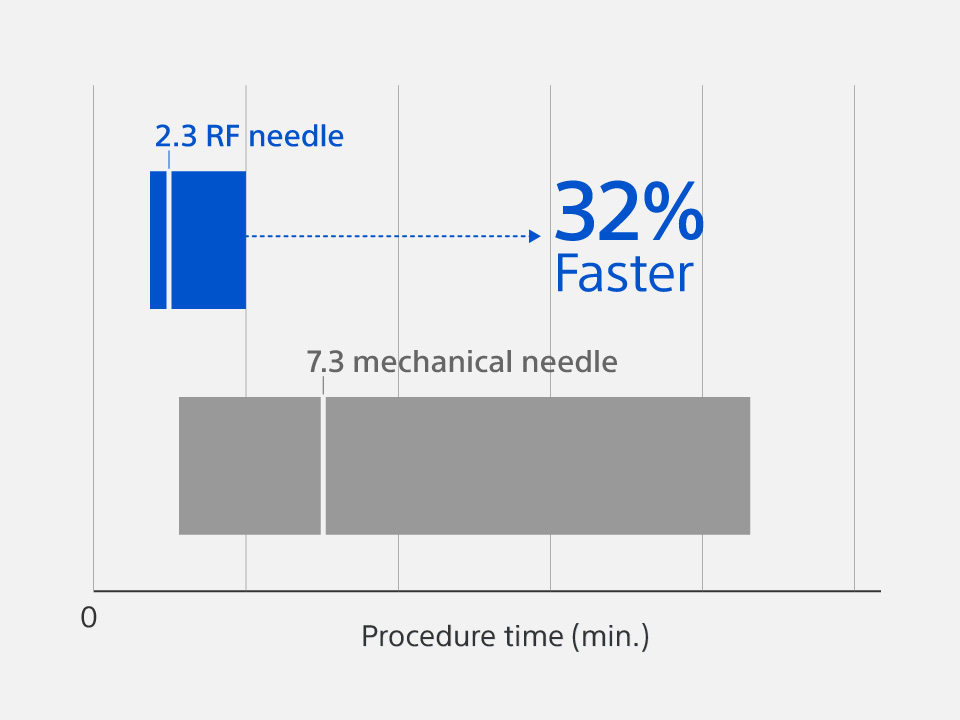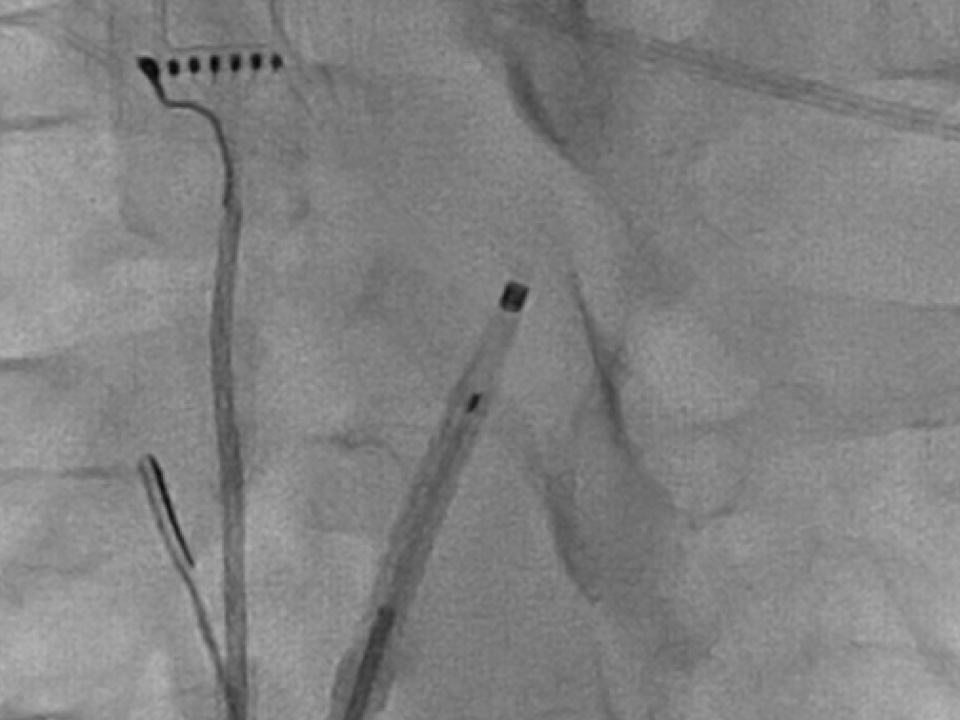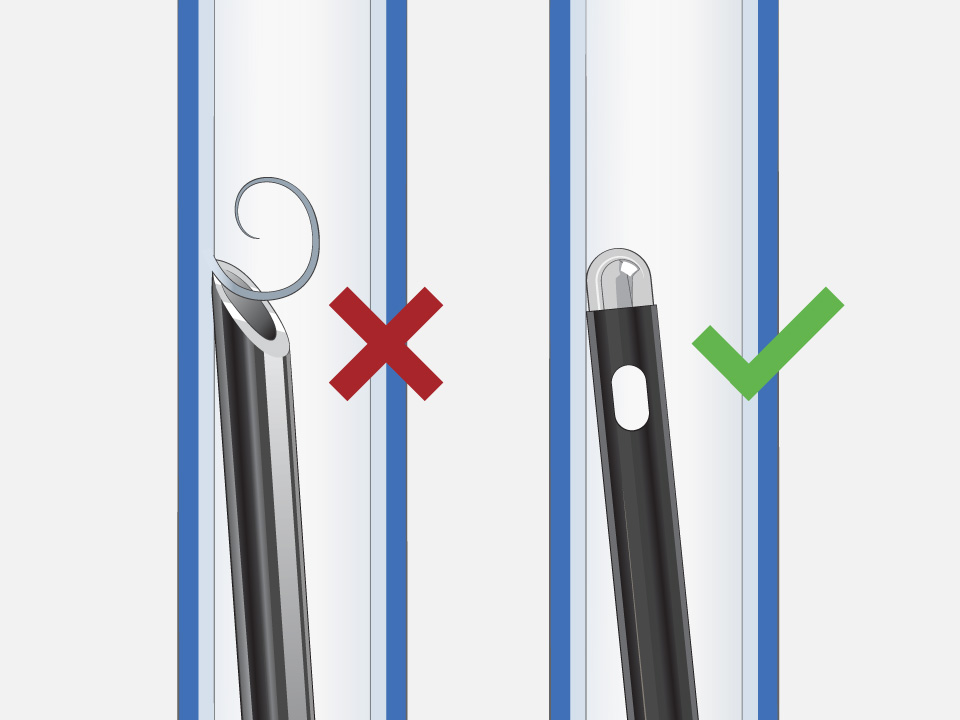



NRG™ Transseptal Needle
The NRG Transseptal Needle delivers a short and highly-focused radiofrequency energy pulse, enabling a precise and controlled transseptal puncture.
Configure or select a product to continue to order
- Overview
- Clinical data
- Technical specifications
- Ordering information
- Training
- Resources
Be precise. Save time.™
Improve crossing success rates1-3 and reduce procedure time3,4 with the radiofrequency (RF) NRG Transseptal Needle
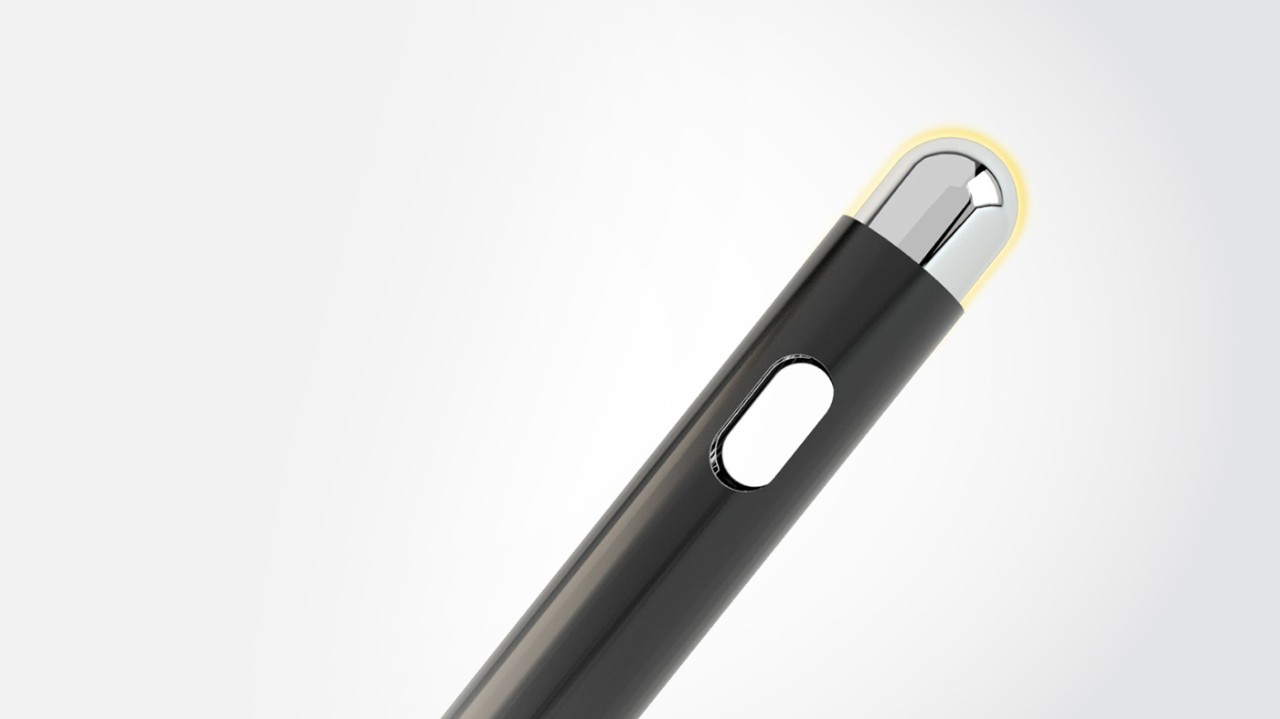
How it works
Clinical footage comparing the NRG Transseptal Needle to a mechanical transseptal needle
Results from case studies are not necessarily predictive of results in other cases. Results in other cases may vary.
Why choose the NRG Transseptal Needle
Clinical advantages*
Using RF energy for your transseptal puncture (TSP) saves time,3,4 reduces the rate of serious complications,1-6 and increases success rates as compared to mechanical alternatives
Required product
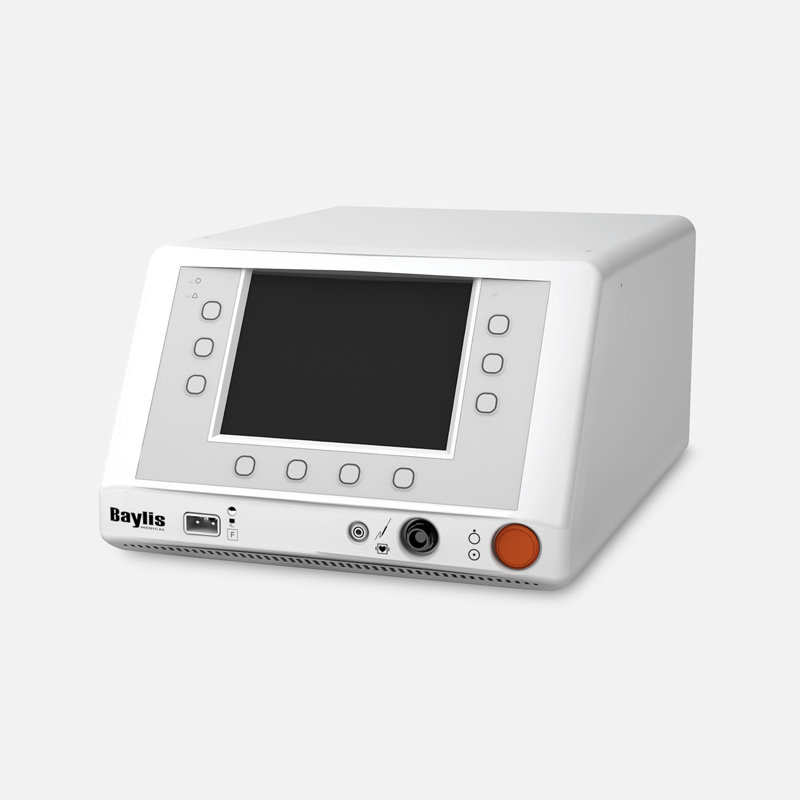
Designed for controlled tissue puncture using radiofrequency energy
Clinical highlights
April 2020, study led by Dr. Salam, published in Journal of Innovations in Cardiac Rhythm Management
Safety and effectiveness of a novel fluoroless transseptal puncture technique for lead-free catheter ablation: A case series
This large series of 382 consecutive cases demonstrated the safety and effectiveness of fluoroless TSP and RF ablation using 3D electroanatomic mapping (EAM).
Publication summaries
July 2020, Sanchez et al., published in Journal of Cardiovascular Electrophysiology
This analysis compared the cost-effectiveness of a mechanical needle to an RF device during pulmonary vein isolation (PVI) procedures in three clinical scenarios.
April 2020, Salam et al., published in Journal of Innovations in Cardiac Rhythm Management
This large series of 382 consecutive cases demonstrated the safety and effectiveness of fluoroless TSP and RF ablation using 3D EAM.
April 2018, Tokuda et al., published in Heart and Vessels
This retrospective, propensity score-matched analysis of 232 patients who underwent a catheter ablation procedure for atrial fibrillation compared transseptal punctures performed with a RF transseptal needle to those with a mechanical transseptal needle.
March 2017, Razminia et al., published in Pacing and Clinical Electrophysiology
This five-year retrospective analysis examined 500 consecutive patients who underwent fluoroless cardiac catheter ablation from December 2010 to March 2016.
September 2013, Hsu et al., published in Journal of the American Heart Association
Randomized, prospective, and controlled trial. The study included 72 patients randomized to either the NRG Transseptal Needle or a conventional transseptal needle on a 1:1 basis.
March 2013, Winkle et al., published in Journal of Interventional Cardiac Electrophysiology
This study evaluated the cost-per-procedure used to perform an atrial fibrillation ablation.
September 2011, Winkle et al., published in Heart Rhythm
This large case series compared the safety and efficacy of TSP using the purpose-built RF NRG Transseptal Needle to a sharp mechanical needle for atrial septal puncture.
NRG Transseptal Needle
| Feature | Specifications |
| Needle curves | C0, C1 |
| Needle lengths | 56 cm, 71 cm, 89 cm, 98 cm |
| Dilator compatibility | 0.032" |
Compatibility table
| Compatible transseptal sheaths | Needle length |
| 6F small anatomy fixed curve - 48 cm | 56 cm§ |
| 8F or 8.5F fixed curve - 63 cm | 71 cm |
| 8.5F steerable curve - 72 cm | 98 cm |
Compatible with 0.032” dilator systems
§ Proximal gauge 19 ga, distal gauge 22 ga
Ordering information
| Needle curve | Needle length | Product code |
|---|---|---|
| Curve C0 | 56 cm§ | NRG-E-56-32-C0 |
| 71 cm | NRG-E-HF-71-C0 | |
| 89 cm | NRG-E-HF-89-C0 | |
| 98 cm | NRG-E-HF-98-C0 | |
| Curve C1 | 71 cm | NRG-E-HF-71-C1 |
| 98 cm | NRG-E-HF-98-C1 |
Compatible with 0.032” dilator systems
§ Proximal gauge 19 ga, distal gauge 22 ga
Looking for more training? Contact our medical education team
In-person training
Explore in-person training opportunities for electrophysiologists and interventional cardiologists of all experience levels.

Online education
Utilizing RF for Transseptal Puncture
Bradley Knight, MD, shares an overview and techniques of the NRG Transseptal Needle
On-site transseptal simulator training
Hands-on training on the use of RF-based transseptal platforms in various clinical scenarios using virtual reality technology, echocardiography simulators, and anatomical models.
Online medical training and education courses
The EDUCARE online platform makes healthcare education and training more relevant, more comprehensive, more personal and more accessible. Register to access a library of procedural videos, case studies, training resources, and events.
Brochure
Analysis
Video
NRG Transseptal Needle animation
NRG RF Transseptal Kit animation
* All clinical claims in this section are supported by published literature; some claims are supported by study designs other than randomized controlled trials.
† In vitro study simulating transseptal catheterizations. Any particles generated from advancement of the transseptal needles through the sheath and dilator were collected and analyzed.
‡ Baylis Medical Company Radiofrequency Puncture Generator RFP-100A
§ Proximal gauge 19 ga, distal gauge 22 ga
References:
- Jauvert, G., et al. (2015). Comparison of a radiofrequency powered flexible needle with a classic rigid brockenbrough needle for transseptal punctures in terms of safety and efficacy. Heart Lung Circ. Doi: 10.1016/j.hlc.2014.07.073
- Hsu, J. C., et al. (2013). Randomized trial of conventional transseptal needle versus radiofrequency energy needle puncture for left atrial access (the TRAVERSE-LA Study). J Am Heart Assoc. doi: 10.1161/JAHA.113.000428
- Fromentin, S., et al. (2011). Prospective comparison between conventional transseptal puncture and transseptal needle puncture with radiofrequency energy. J Interv Card Electrophysiol. Doi: 10.1007/s10840-011-9564-2
- Winkle, R. A., et al. (2011). The use of a radiofrequency needle improves the safety and efficacy of transseptal puncture for atrial fibrillation ablation. Heart Rhythm. Doi: 10.1016/j.hrthm.2011.04.032
- Yoshida, S., et al. (2016). Feasibility and safety of transseptal puncture procedures for radiofrequency catheter ablation in small children weighing below 30 kg: Single-centre experience. Europace. Doi: 10.1093/europace/euv383
- Feld, G. K., et al. (2011). Particle formation and risk of embolization during transseptal catheterization: Comparison of standard transseptal needles and a new radiofrequency transseptal needle. J Interv Card Electrophysiol. doi: 10.1007/s10840-010-9531-3
- Smelley, M. P., et al. (2010). Initial experience using a radiofrequency powered transseptal needle. J Cardiovasc Electrophysiol. doi: 10.1111/j.1540-8167.2009.01656.x
